Hyaluronic Acid: Types, Uses, And Health Benefits
Description
Hyaluronic acid (HA) is a substance naturally present in the human body. It fulfils essential roles in skin hydration, joint functionality, and wound repair. Research institutions and companies such as Stanford Advanced Materials and Oceania International LLC evaluate its potential based on its quantifiable benefits. When its types, specifications, and safety measures are known, its properties can be utilised effectively.
What is Hyaluronic Acid?
Hyaluronic Acid is a glycosaminoglycan, a type of molecule found in connective tissue, skin, eyes, and joints. It is instrumental in maintaining fluid balance and lubrication within the body. The highest concentration of hyaluronic acid is in the skin, where it aids in retaining moisture and maintaining elasticity.
This substance can absorb up to 1 000 times its weight in water. It is also present in synovial fluid, where it reduces friction and facilitates joint movement. Moreover, hyaluronic acid supports wound repair by promoting cell migration and tissue regeneration.
Different Types of Hyaluronic Acid
Hyaluronic acid is categorised by its intended application. Food-grade hyaluronic acid is used in dietary supplements and functional foods to support joint health and skin hydration. Cosmetic-grade hyaluronic acid is incorporated in skincare products such as moisturisers and serums to supply moisture and reduce the appearance of fine lines. Medical-grade hyaluronic acid is applied in procedures including ophthalmic treatments and wound care, conforming to strict purity and safety standards. Injection-grade hyaluronic acid is the purest form and is used in dermal fillers and joint injections for both cosmetic and therapeutic purposes. The qualities differ in purity, molecular weight, and regulatory requirements, thereby ensuring safe and effective application.
Specifications of Hyaluronic Acid
Hyaluronic acid is defined by several key specifications that influence its function:
Molecular weight: The molecular weight of hyaluronic acid varies. HA with lower molecular weight is smaller and penetrates the skin more effectively, whereas HA with higher molecular weight remains closer to the surface and maintains moisture.
Viscosity: The viscosity of HA affects its application. In skincare, a lower viscosity is preferred for an even application. Conversely, higher viscosity is frequently used in joint injections to provide cushioning.
Purity: Hyaluronic acid is produced by fermentation processes. Its purity is critical to ensure safe use in both cosmetic and medical applications. The degree of purity is dependent on the manufacturing process and intended usage.
Read more: Sodium Hyaluronate Products with Different Technical Specifications: Molecular Weight and Viscosity
Safety and Precautions
Hyaluronic acid is generally safe for most individuals when used in skincare products or administered by medical professionals. However, several precautions must be considered:
Allergic reactions: Although infrequent, some individuals may experience allergic reactions to hyaluronic acid. Always carry out a patch test before using new skincare products.
Injectable products: Injectable hyaluronic acid should be administered solely by trained medical personnel. Improper administration may result in infections or uneven outcomes during dermal filler treatments.
Sensitive skin: Individuals with sensitive skin should choose products with lower hyaluronic acid concentrations to minimise irritation.
Pre-existing conditions: If you are pregnant, breastfeeding, or have conditions such as autoimmune diseases, consult a physician before using products containing hyaluronic acid, particularly those intended for injection.
Frequently Asked Questions
What is the primary benefit of hyaluronic acid in skincare?
Hyaluronic acid primarily hydrates the skin, enhances elasticity, and reduces the appearance of fine lines.
Is hyaluronic acid safe for all skin types?
Yes, hyaluronic acid is generally safe for all skin types, including sensitive skin. However, it is advisable to perform a patch test before use.
How does hyaluronic acid assist with joint pain?
Hyaluronic acid functions by serving as a lubricant and cushioning agent. This reduces friction and improves joint mobility in individuals with osteoarthritis.
Can hyaluronic acid support wound healing?
Yes, hyaluronic acid contributes to wound healing by promoting tissue repair and cell migration while maintaining local hydration.
Is hyaluronic acid vegan?
Yes, most hyaluronic acid used in skincare and medical treatments is derived from non-animal sources, for instance through bacterial fermentation processes, making it suitable for vegans.

 Bars
Bars
 Beads & Spheres
Beads & Spheres
 Bolts & Nuts
Bolts & Nuts
 Crucibles
Crucibles
 Discs
Discs
 Fibers & Fabrics
Fibers & Fabrics
 Films
Films
 Flake
Flake
 Foams
Foams
 Foil
Foil
 Granules
Granules
 Honeycombs
Honeycombs
 Ink
Ink
 Laminate
Laminate
 Lumps
Lumps
 Meshes
Meshes
 Metallised Film
Metallised Film
 Plate
Plate
 Powders
Powders
 Rod
Rod
 Sheets
Sheets
 Single Crystals
Single Crystals
 Sputtering Target
Sputtering Target
 Tubes
Tubes
 Washer
Washer
 Wires
Wires
 Converters & Calculators
Converters & Calculators
 Write for Us
Write for Us
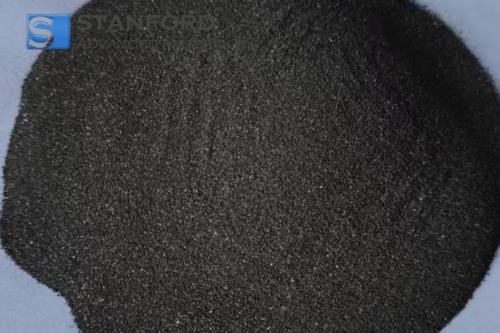
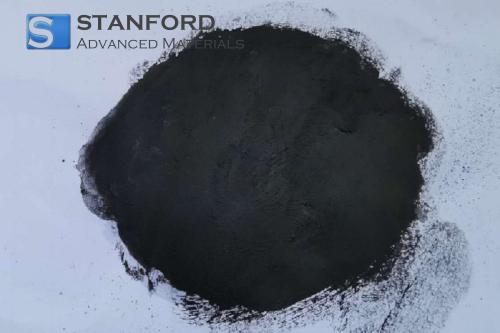
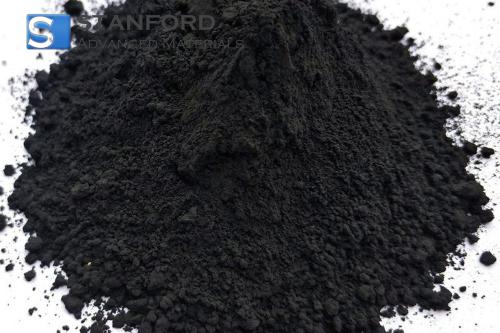
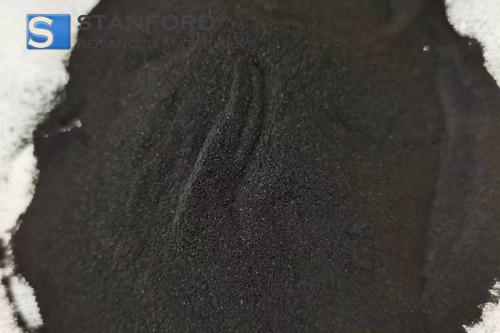
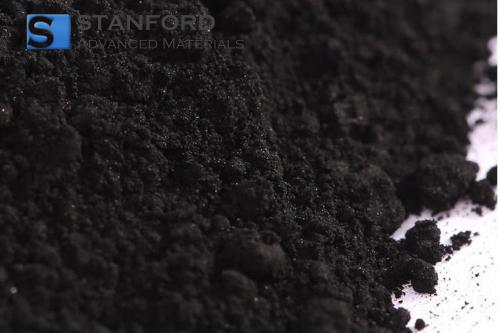
 Chin Trento
Chin Trento


